Have you ever wondered how brands manage to appear at the top of your search results just when you need them? The answer lies in the power of Pay-Per-Click (PPC) advertising. This potent digital marketing strategy is a game-changer that allows businesses to display ads on search engine results pages (SERPs) and pay a fee only when someone clicks on the ad. Intrigued? Let’s delve deeper into this world of PPC advertising.
Overview
- PPC Advertising is a complex and precise form of marketing involving keyword research, ad creation & optimization.
- It requires budget allocation, bid management, targeting & audience segmentation to maximize success.
- Strategies such as A/B testing and continuous optimization are essential for effective PPC campaigns.
Understanding PPC advertising
PPC advertising, also known as PPC marketing, is a model where businesses display ads on search engines like Google and Facebook, and only incur a cost when someone clicks on the ad. As simple as it sounds, PPC advertising has evolved to become a more intricate and precise type of advertising. It now includes a variety of ad formats, targeting options, and platforms, thus allowing businesses to:
- Reach their target audience more effectively
- Increase brand visibility
- Drive targeted traffic to their website
- Generate leads and conversions
- Measure and track the success of their campaigns
From keyword research, ad creation and optimization to landing page optimization, tracking and analytics, a successful PPC campaign involves many essential components. And where do these ads run? They run on popular platforms like Google Ads and social media sites like Instagram and Etsy.
What is PPC?
PPC stands for ppc pay per click, a digital marketing model where advertisers pay a fee each time their ad is clicked by a user, thus directing traffic to their website. The core components of a successful PPC campaign include:
- Thorough keyword research
- Ad creation and optimization
- Landing page optimization
- Tracking and analytics
There are various platforms for PPC advertising, but the most popular ones are Google Ads, Microsoft Advertising (Bing Ads), and Social Media PPC Platforms. These platforms offers features like keyword-based targeting, audience segmentation, and A/B testing.
To manage these platforms effectively, you’ll need to master strategies like:
- Budget allocation and bid management
- Targeting and audience segmentation
- A/B testing and ongoing optimization
- Using tools like Google Analytics to track performance.
The Evolution of PPC
PPC advertising has evolved greatly since its inception. From new platforms to sophisticated targeting options and bidding strategies, PPC has become a more complex and effective marketing channel. One key development in PPC advertising is demographic targeting, where bids are adjusted or audiences are limited based on characteristics like:
- Age
- Gender
- Parental status
- Household income
Another significant development in PPC advertising is the introduction of ad extensions. These allow additional information to be added to search ads, helping them occupy more screen space on search engine results pages (SERPs), and improving search engine optimization (SEO) efforts as well as search engine marketing strategies.
Shopping ads are noteworthy; they are triggered when terms such as your product name, description and landing page copy are used. This can also be effective in providing strong advertising results.
Key Components of a successful PPC campaign
A successful PPC campaign is not just about setting it up and letting it run. It involves careful planning, strategic execution, and constant monitoring and optimization. When establishing parameters for a PPC campaign, it is important to align your paid campaigns with your overall business objectives, define clear outcomes for the ads, and allocate a budget to achieve those results.
The primary components of a PPC campaign are bid adjustments, ad groups, and negative keyword lists. Your daily budget for a PPC campaign is determined based on your desired expenditure. These components work in concert to ensure that your PPC campaign is effective and delivers the desired results.
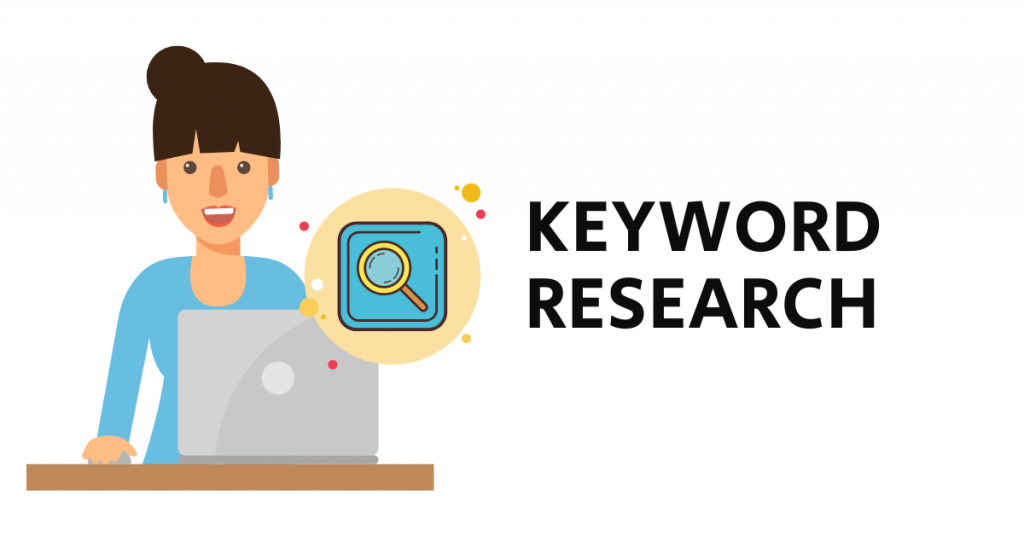
Keyword research
Keyword research is an integral part of a successful PPC campaign. It is through this process that you uncover relevant and high-performing keywords to target in your campaign, as well as identify negative keywords to exclude. Your keyword selection should prioritize keywords with a high click-through rate (CTR), cost-effective cost-per-click (CPC) and a high number of conversions.
PPC advertising, a form of paid search, also offers keyword match types that enable you to decide which search terms will trigger your ads and to what extent. Monitoring your keywords can help you identify which ones are yielding successful results and which ones are not, thus facilitating bid adjustments and the removal of underperforming keywords.
Ad creation and optimization
Creating and optimizing your PPC ads involves crafting compelling ad copy, using ads extensions, and continuously testing and refining ad performance. A PPC ad consists of four important elements: headline, description, display URL, and destination URL. Together, these components contribute to the effectiveness of the advertisement. You have the option to set your cost-per-click (CPC) manually or enhance it.
Ad optimization involves crafting compelling ad copy, utilizing ads extensions, and consistently evaluating and optimizing ad performance. Sitelink extensions, for instance, are additional links that allow searchers to navigate more deeply into a website.
Landing page optimization
The landing page is where magic happens. It’s where the user decides whether to take the desired action or not, hence optimizing your landing page ensures an optimal user experience, leading to improved conversion rates and better ad performance.
From the design of the page to the call-to-action (CTA), every element on the landing page should be optimized to encourage the user to take the desired action. Some elements that can be optimized include:
- The headline
- The color scheme
- The placement and design of the CTA button
- The use of images or videos
- The length and clarity of the copy
A/B testing can be used to assess different variations of these elements in order to optimize clickthrough and conversion rates.
Tracking and analytics
To ensure that your PPC campaign is effective, tracking and analytics are crucial. They offer invaluable insight into the performance of your campaigns, thereby facilitating data-driven optimization and decision-making. With ad scheduling in PPC, for instance, you can modify your bids according to the time of day and create a tailored ad schedule to avoid spending money on clicks that do not convert.
Remarketing campaigns, where you target people who have previously visited your website, are also a great way to optimize your PPC campaign. Ads can be delivered in different formats, including:
- Display ads
- Search ads
- Video ads
- Social media ads
Popular PPC platforms and their features
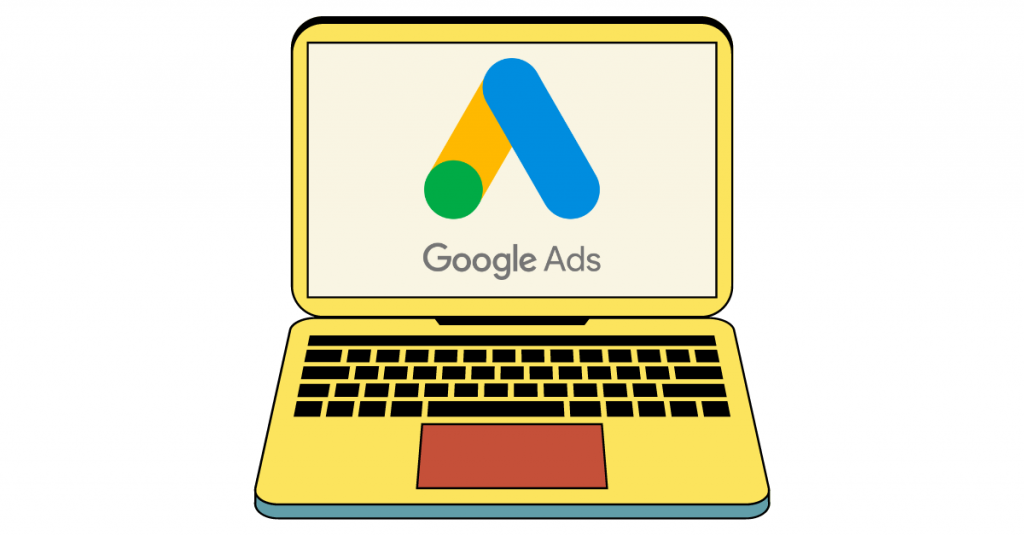
Now that we’ve covered the basics of PPC and its key components, let’s explore some popular PPC platforms. These platforms include:
- Google Ads
- Microsoft Advertising (Bing Ads)
- Facebook Ads
- Instagram Ads
- Twitter Ads
- LinkedIn Ads
Each platform offers unique features and targeting options.
Choosing the right platform for your PPC campaign depends on several factors, including the availability of keyword terms, the location of your target audience, and the budget you have allocated for advertising. Each platform offers unique features – Google Ads offers keyword targeting and device targeting, Microsoft Advertising offers similar features, and social media PPC platforms offer targeting options such as age, gender, location, and interests.
Google Ads
Google Ads, the largest and most popular PPC platform, offers a wide range of ad formats and targeting options. You can create:
- Search and shopping ads on Google
- Video ads on YouTube
- Gmail ads
- Display ads on the Google Display Network (GDN)
Google is the most popular search engine. Ads are a popular choice because of the vast array of opportunities it provides for businesses to achieve success, including the ad auction system. It offers various audience targeting options, such as uploading a customer list, In-Market Audiences, and layering audiences.
Microsoft advertising (Bing Ads)
Microsoft Advertising, formerly known as Bing Ads, is another effective PPC platform. Although smaller in size than Google Ads, it often provides a higher return on investment (ROI) due to lower competition.
While it’s true that Google’s market share in the US is higher, Bing’s 6.99% is not insignificant. In fact, Microsoft Advertising has 137 million unique desktop searchers on the Bing Network, making it a platform worth considering for your PPC campaigns.
Social media PPC platforms
The rise of social media has opened up a new avenue for PPC advertising. Platforms like Facebook, Instagram, and LinkedIn offer a range of targeting options that allow advertisers to reach users based on their interests, behaviors, and demographics.
These platforms offer various types of content for advertising, such as images, videos, and text, making them versatile and flexible for different types of campaigns. They also offer unique features like retargeting and Lookalike Audiences, which help in targeting the right audience and increasing conversions.
Strategies for effective PPC management
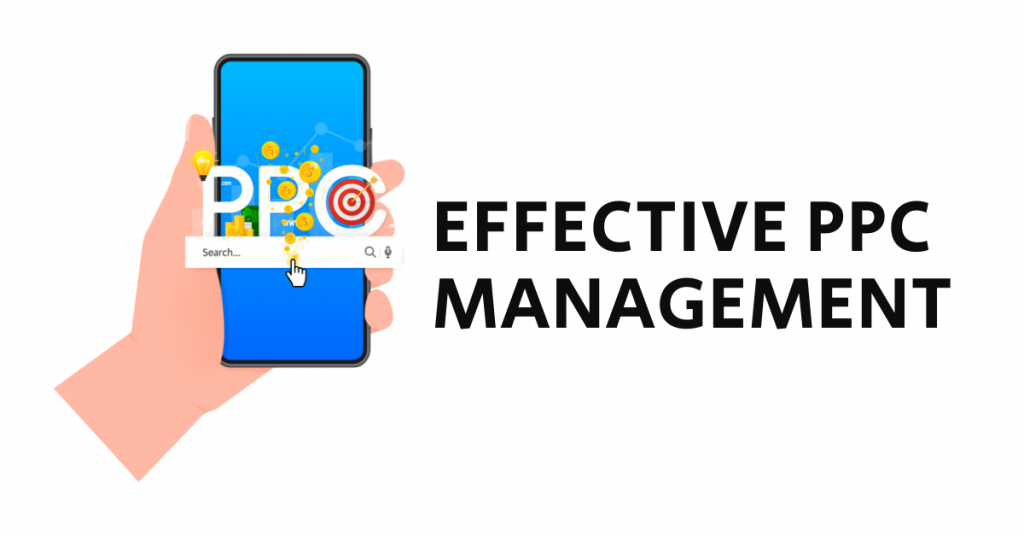
Now that we’ve covered what PPC is, how it works, and the platforms you can use, it’s time to delve into the strategies for effective PPC management. The key to effective PPC management lies in strategic planning, continuous optimization, and leveraging available tools and resources.
Whether it’s budget allocation and bid management, targeting and audience segmentation, or A/B testing and continuous optimization, each strategy plays a vital role in ensuring the success of your PPC campaign. Let’s explore these strategies in detail.
Budget allocation and bid management
First and foremost, budget allocation and bid management are crucial in PPC management. These processes ensure that resources are allocated and managed in an efficient and effective manner to achieve the desired campaign objectives.
For instance, Google Ads offers a feature called ‘shared budget’, that allows you to allocate a single daily amount for the entire account or a group of campaigns within the account. This helps to ensure that your budget is effectively distributed across various campaigns.
Targeting and audience segmentation
Targeting and audience segmentation is another crucial aspect of PPC management. These strategies help to ensure that your ads reach the most relevant users, thereby increasing the potential for successful conversions.
By segmenting your audience, you can pinpoint and target specific segments that are most likely to react positively to a particular product or service. This helps businesses concentrate their marketing efforts and funds on the groups that are most likely to purchase from them, generating business leads in an efficient, cost-effective manner.
A/B testing and continuous optimization
A/B testing and continuous optimization are key strategies that help in improving the performance of your PPC campaign. A/B testing involves running different versions of an advertisement to see which one performs better.
Continuous optimization, on the other hand, involves constantly refining your campaigns based on the results of your A/B tests, as well as other data and insights. This ensures that your campaigns are always operating at their peak performance.
Measuring PPC success: Key metrics and KPIs
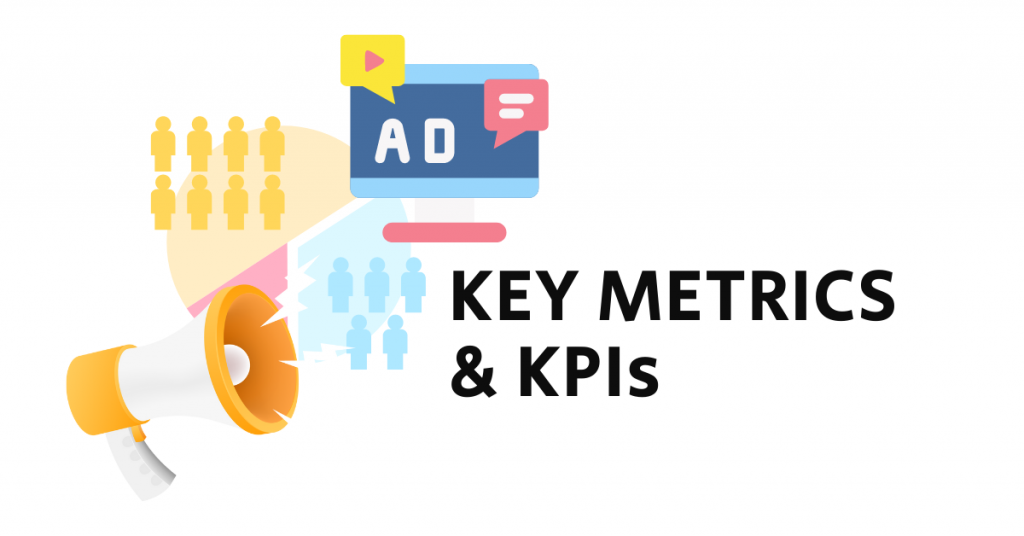
Running a PPC campaign is only half of the story. The other half is measuring its success. Knowing how to measure the success of your PPC campaign is crucial to understand how well your campaign is performing and whether it is achieving the desired results. Key metrics to track include:
- Clicks
- Cost per click (CPC)
- Clickthrough rate (CTR)
- Impressions
- Ad spend
- Return on advertising spend (ROAS)
- Conversion rate
- Quality score (QS)
Let’s explore some of these key metrics and KPIs in more detail.
Click-through rate (CTR)
Click-through rate (CTR) is a key metric in digital advertising. It quantifies the number of clicks an advertisement receives relative to the number of times it is displayed. So, if an ad is shown 100 times and receives 10 clicks, the CTR would be 10%.
A higher CTR indicates that the advertisement is relevant to the users and is effectively capturing their attention. Optimizing ad copy, targeting the appropriate audience, and utilizing A/B testing to continually refine the ad can all help to improve CTR.
Cost per click (CPC)
Cost per click (CPC) is another important metric in PPC advertising. It evaluates the cost associated with each click on your advertisement. The calculation of CPC is typically achieved by dividing the total cost of the advertisements by the number of clicks the advertisements received.
CPC offers the potential to assess the cost-effectiveness of a campaign by comparing the cost of the clicks to the revenue generated from those clicks. This helps to evaluate the return on investment of your PPC campaign.
Conversion rate
Conversion rate is another critical metric in PPC advertising. It’s the percentage of users who complete a desired action (like making a purchase or filling out a form) after clicking on an ad.
Increasing your conversion rate involves optimizing every element of your PPC campaign, including:
- Ad copy
- Targeting
- Landing page
- Call-to-action
Continual refinement of these elements can help to improve your conversion rate and increase the effectiveness of your PPC campaign.
Return on ad spend (ROAS)
Return on Ad Spend (ROAS) measures the amount of revenue generated in relation to the cost of advertising. It’s calculated by dividing the revenue generated from ads by the cost of ads.
Understanding your ROAS can help you evaluate the overall success and profitability of your PPC campaign. It can also help you make data-driven decisions about where to allocate your advertising budget for the best return.
Common PPC challenges and how to overcome them
Like any marketing strategy, PPC also presents its own set of challenges. These include high competition and rising cost per click (CPC), ad fatigue and banner blindness, and limited budgets and resources. But don’t let these challenges deter you. With the right strategies and tools, these challenges can be overcome. Strategic planning, ongoing optimization, and leveraging available tools and resources can help you address these challenges and achieve success with your PPC campaigns.
High competition and rising CPCs
High competition and rising CPCs indicate a heightened competition for ad space, resulting in an increased cost-per-click (CPC) for advertising campaigns. This can lead to increased costs, difficulty achieving a positive ROI, and the need to compete with larger companies.
However, with strategic planning, ongoing optimization, and leveraging available tools and resources, you can address these challenges and ensure the success of your PPC campaign.
Ad fatigue and banner blindness
Ad fatigue and banner blindness are common phenomena in digital advertising. Ad fatigue occurs when a viewer becomes desensitized to an ad due to its frequent repetition, while banner blindness is when a viewer fails to notice banner ads.
To overcome these challenges, you can use creative ad formats like video ads, target your ads to specific audiences, and use A/B testing to continually refine your ad.
Limited budgets and resources
Limited budgets and resources can pose a significant challenge in PPC advertising. With high competition and rising CPCs, it can be hard to get the desired results from your PPC campaign with a limited budget.
However, by setting realistic goals, defining clear and specific objectives, and maximizing your PPC advertising through careful planning and execution, you can overcome these challenges and achieve success with your PPC campaigns.
Wrapping up
In summary, PPC advertising is a powerful digital marketing strategy that can help businesses reach their target audience more effectively. From understanding the basics of PPC and its key components to the strategies for effective PPC management and measuring success, mastering PPC advertising can provide a significant boost to your business. Remember, the key to success lies in strategic planning, continuous optimization, and leveraging available tools and resources. So don’t let the challenges deter you. Embrace the power of PPC advertising and take your business to new heights.
Interested in maximizing the returns on your PPC advertising? Let scandiweb’s team of PPC experts help you. With our data-driven strategies and in-depth understanding of PPC dynamics, we’re ready to boost your campaign performance and drive impactful results. Don’t let potential conversions slip away. Reach out to our PPC experts today and transform your online advertising success.
Frequently Asked Questions
What is PPC advertising in marketing?
PPC, or pay-per-click, is an online advertising model where advertisers pay a fee each time their ad is clicked. The ads are displayed on platforms such as Google Ads and social media, and users only pay for targeted visits to their website, landing page, or app.
What is an example of a PPC ad?
PPC (Pay-Per-Click) advertising is a popular way to advertise on search engines like Google and Bing. Here, businesses can purchase text or Shopping ads to reach potential customers searching for related terms.
What is PPC vs Google Ads?
Pay-per-click (PPC) refers to a model of online advertising, where an advertiser pays for every click on their ad. Google Ads is Google’s own PPC platform that allows businesses to bid on keywords, with the aim of showing ads in Google search results.
With Google Ads, you only pay when someone clicks on your ad to visit your website or call your business.
What are PPC ads on Amazon?
PPC ads on Amazon are an advertising platform that allows sellers to promote their products and only pay a fee when their ad is clicked on.
This platform is a great way to reach potential customers and increase sales. It is also cost-effective, as you only pay when your ad is clicked on.
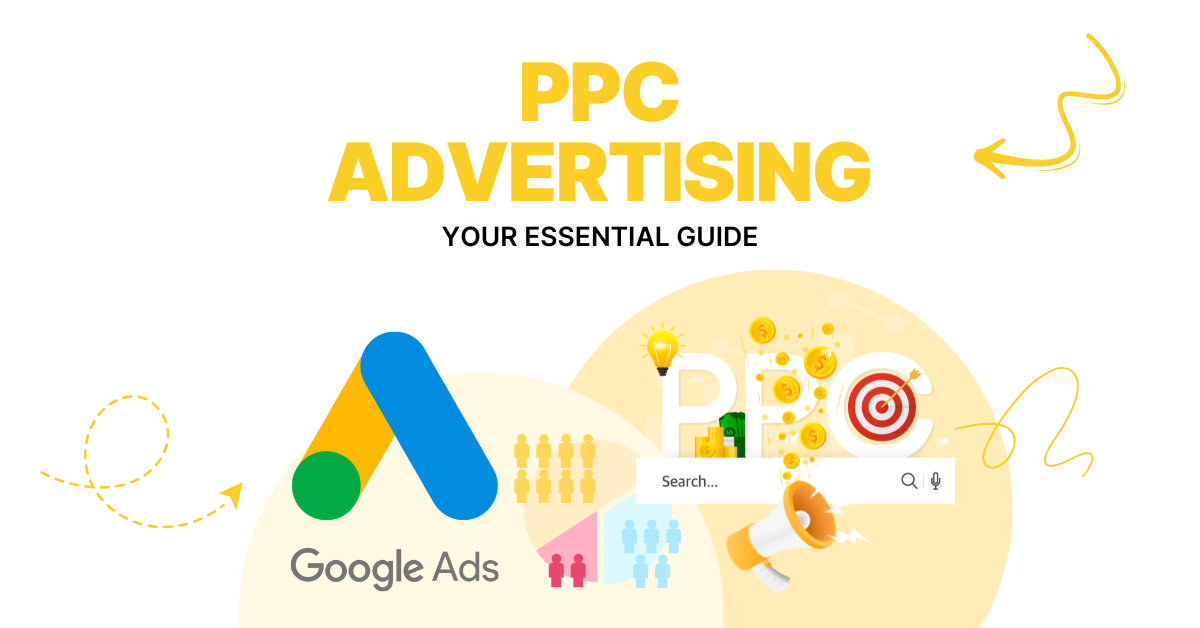


Share on: